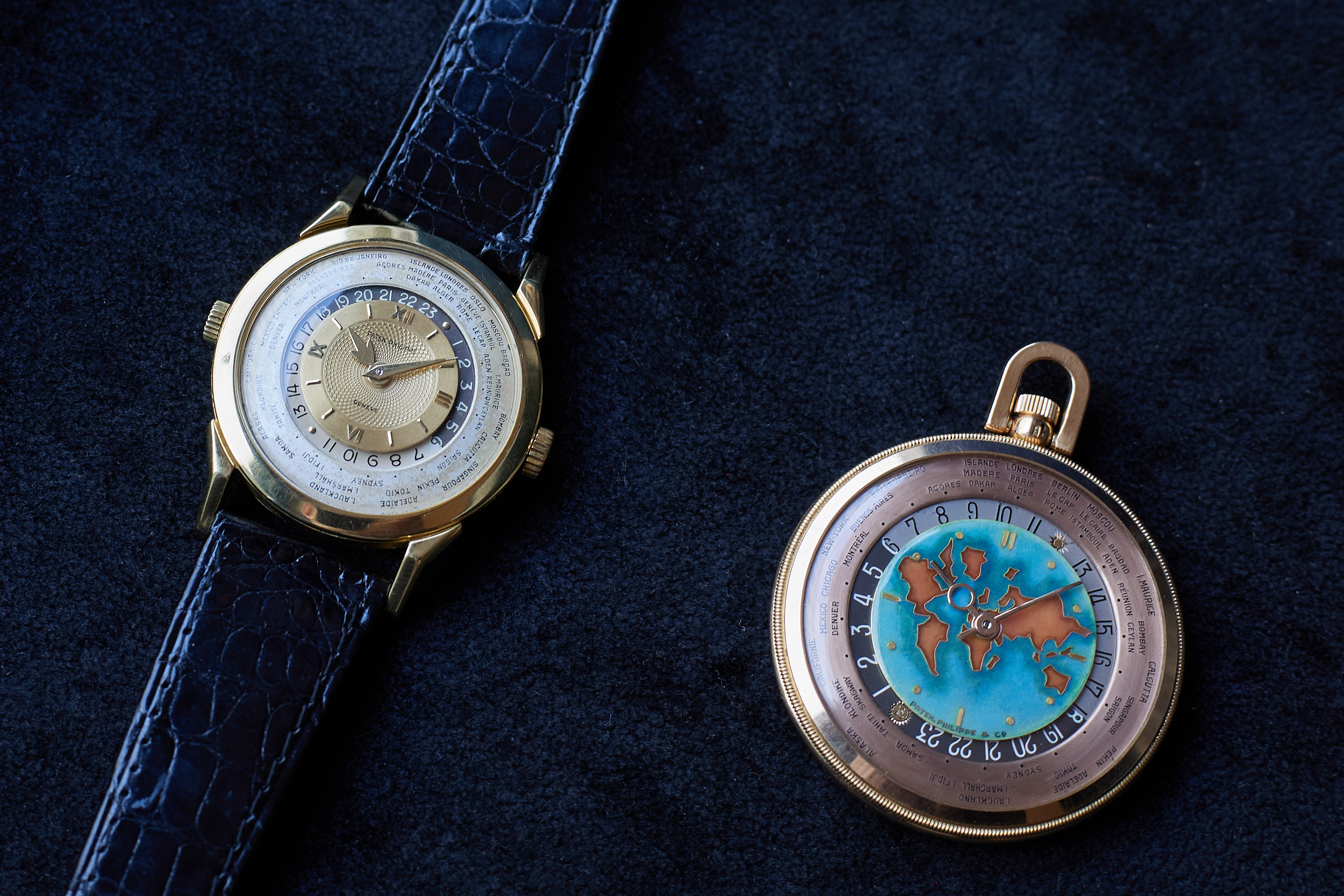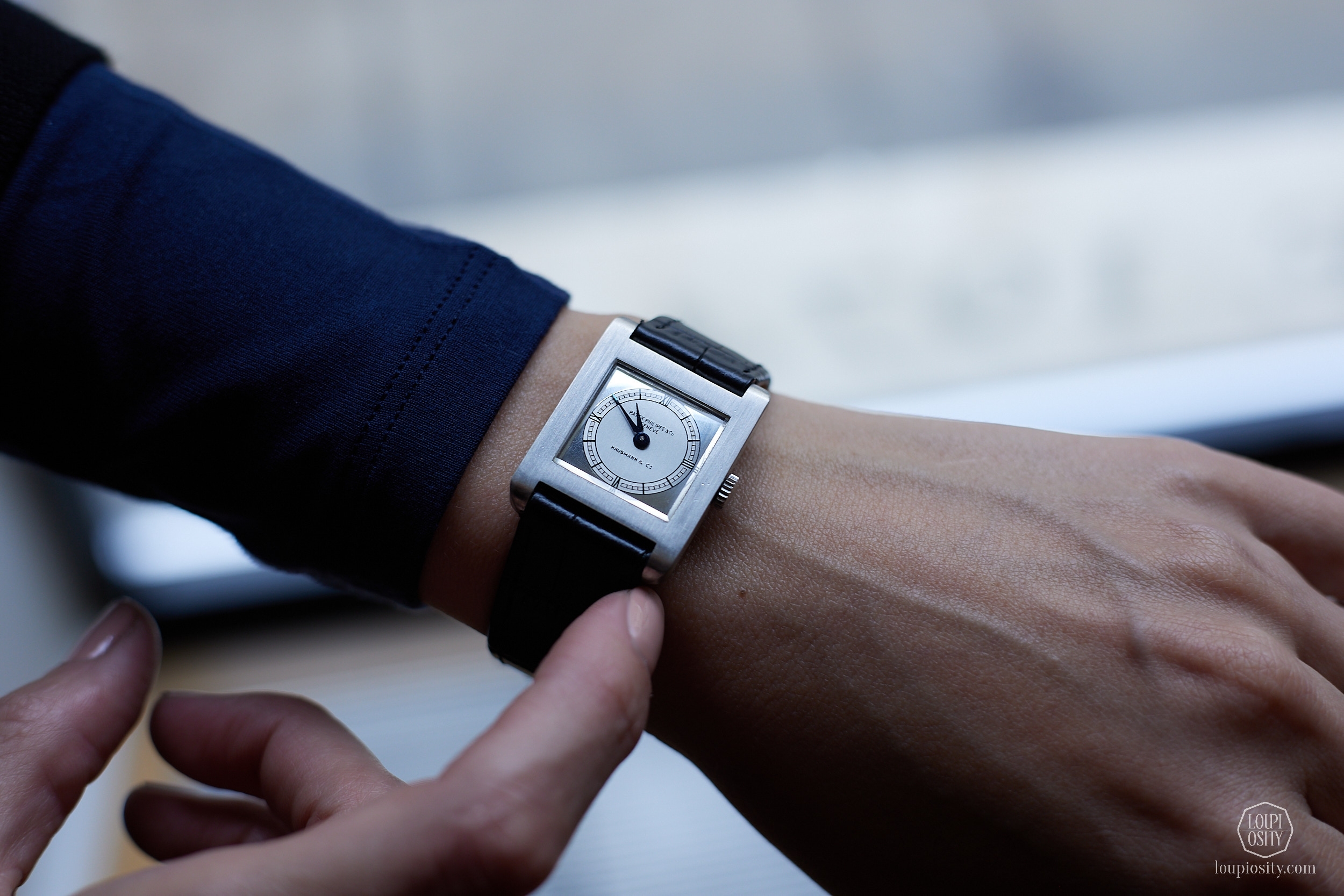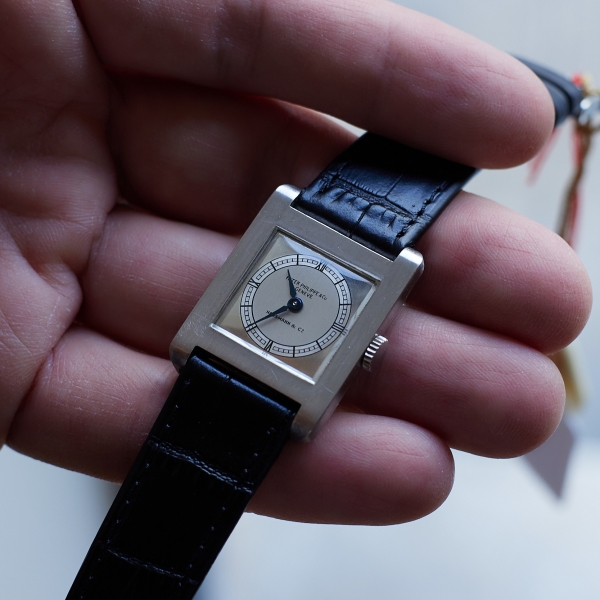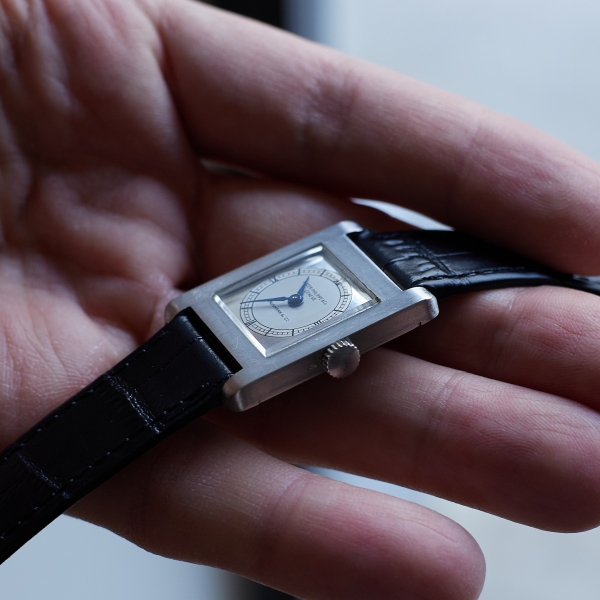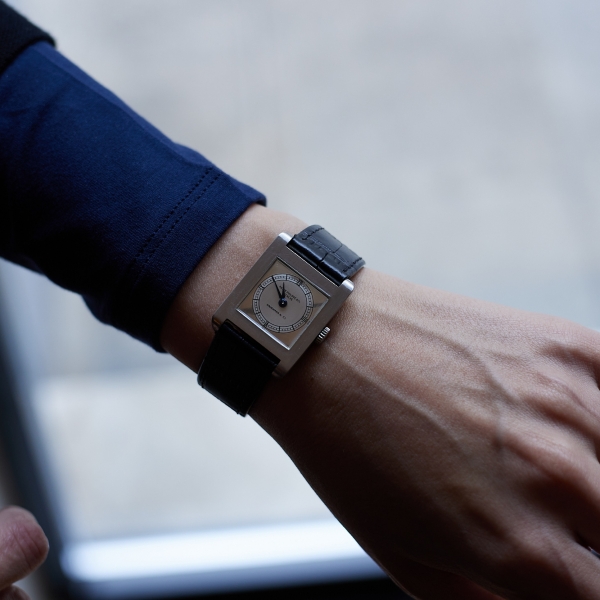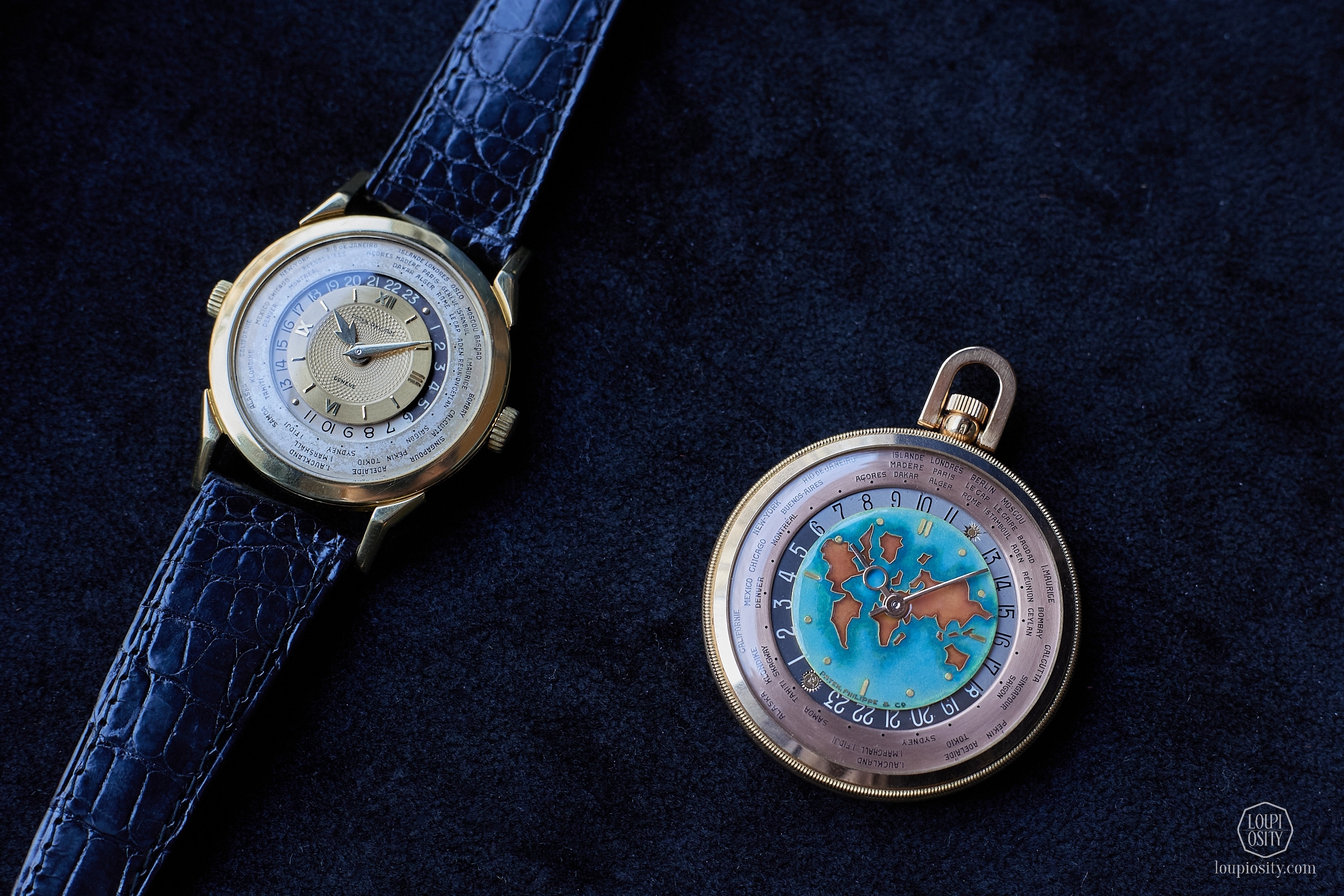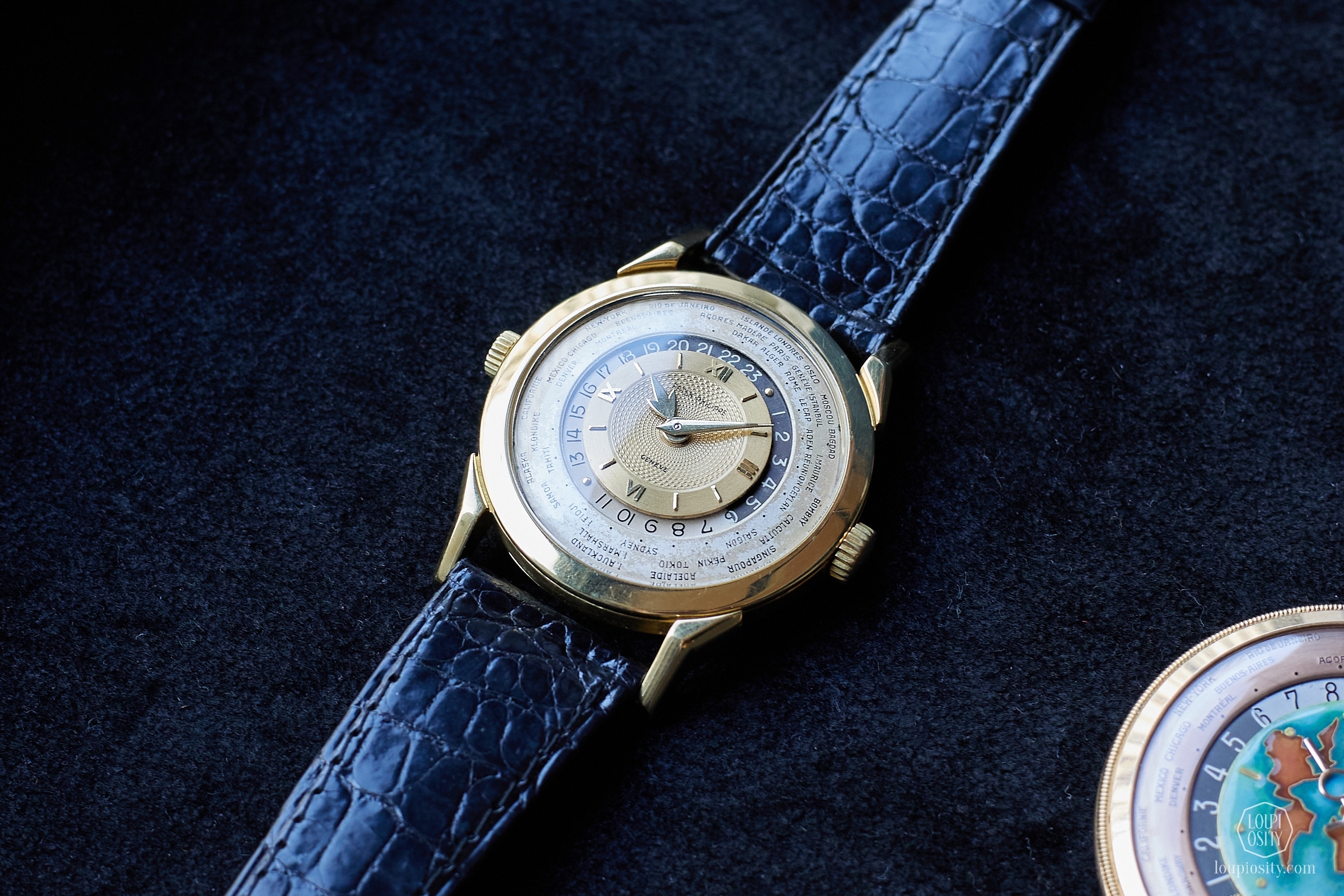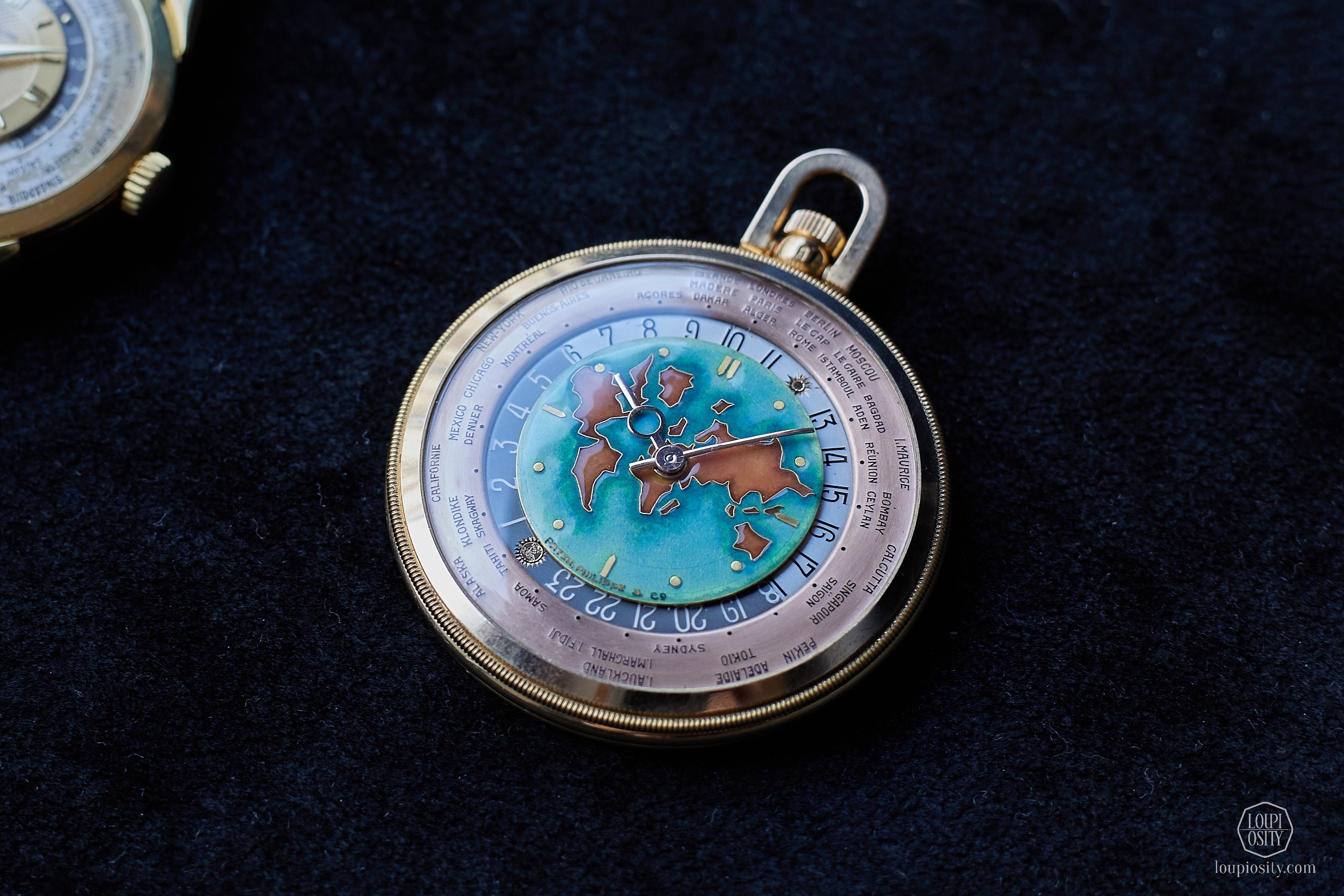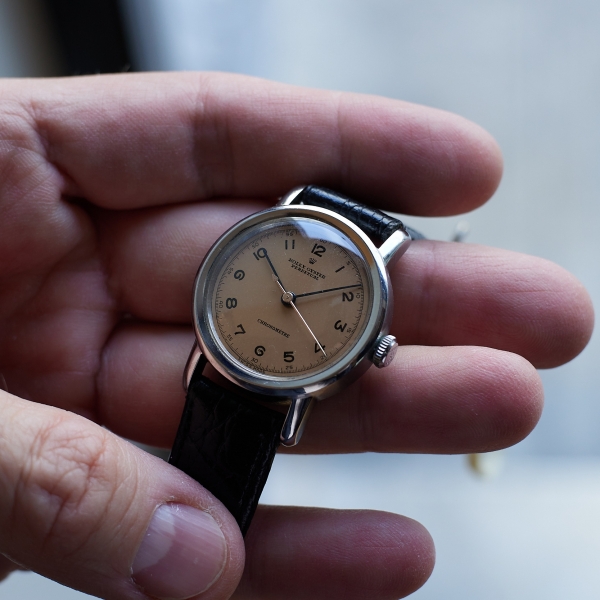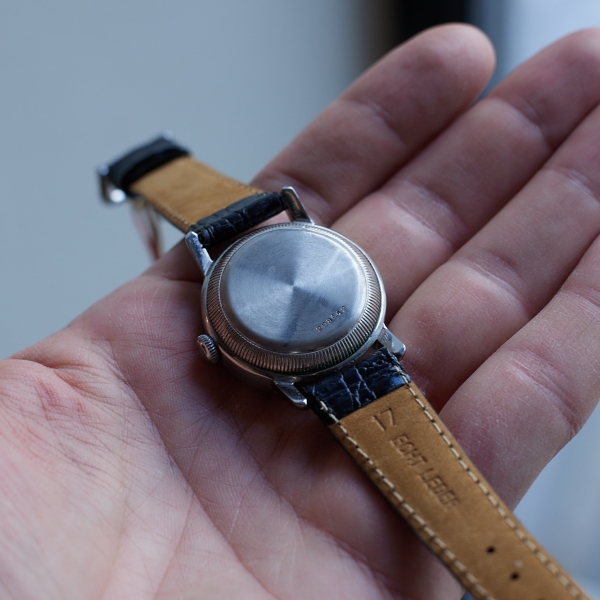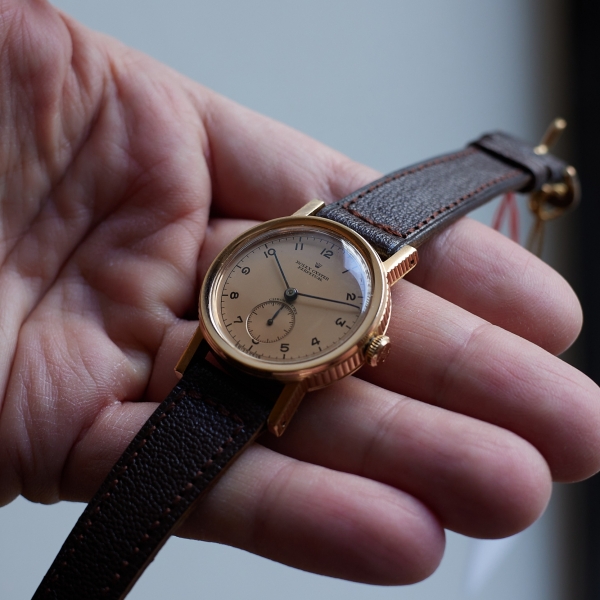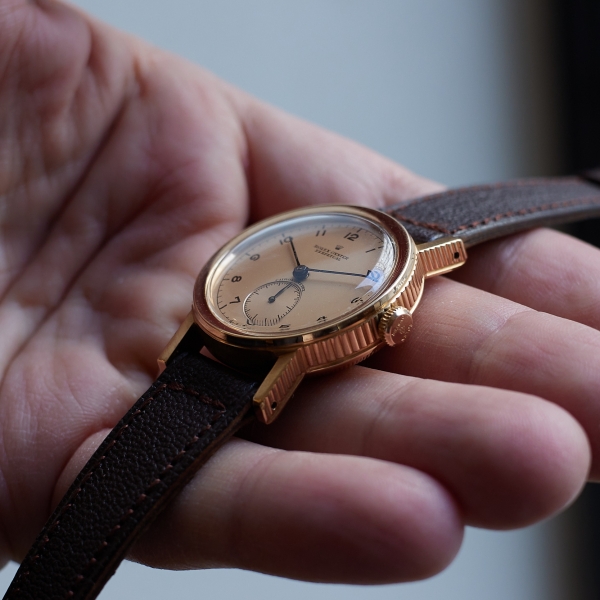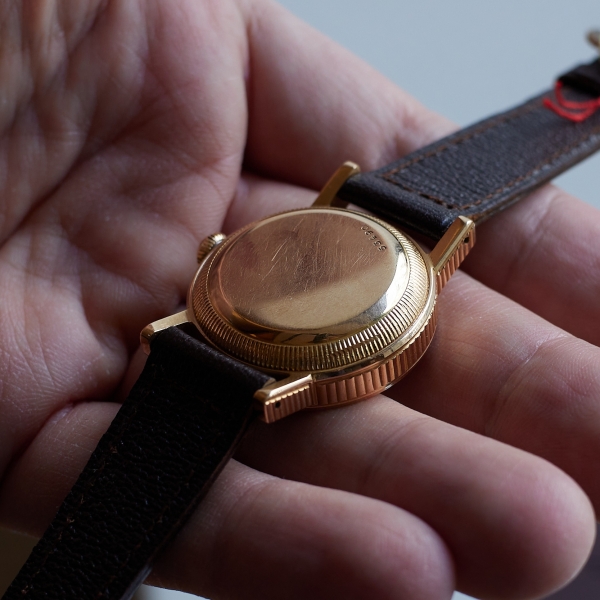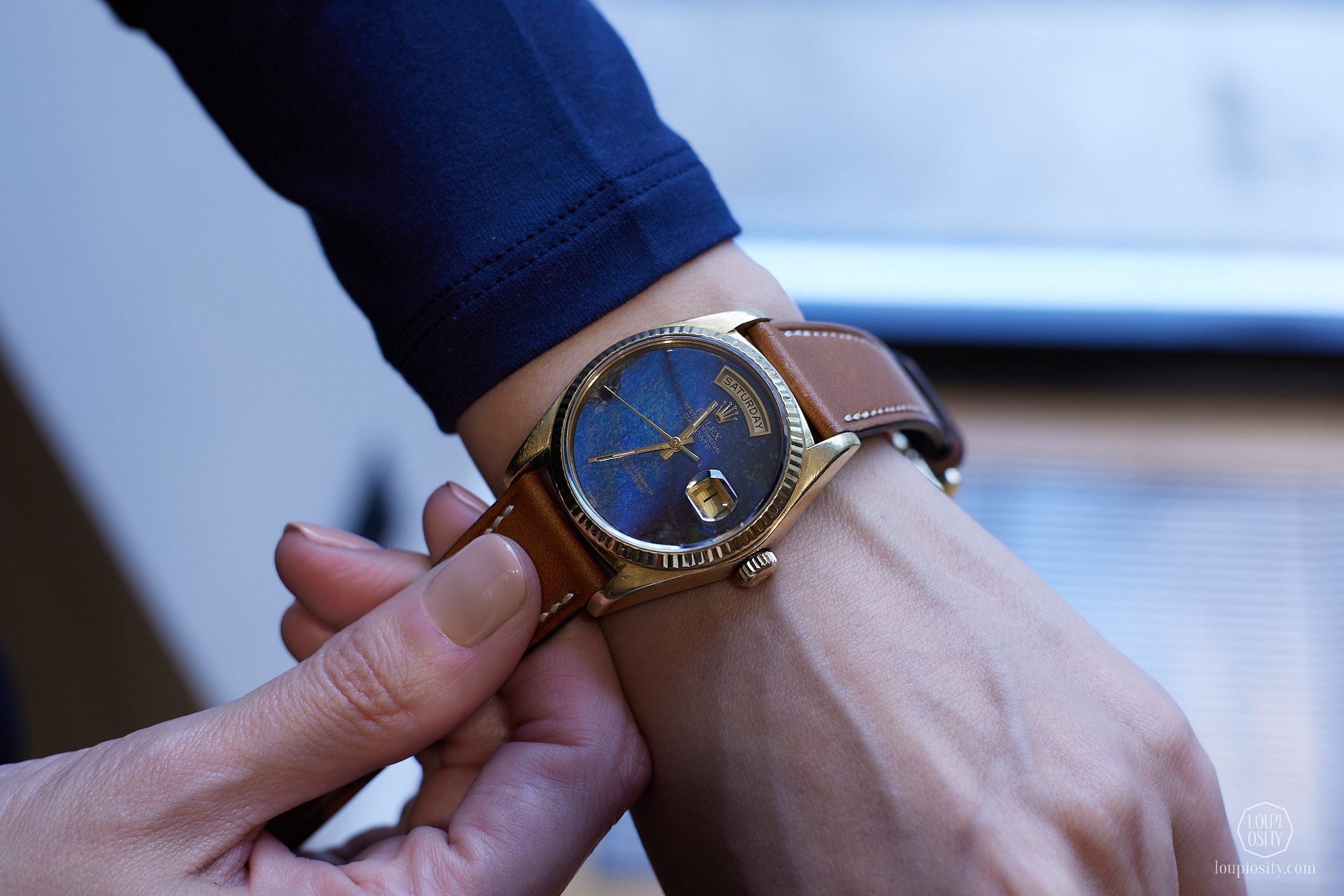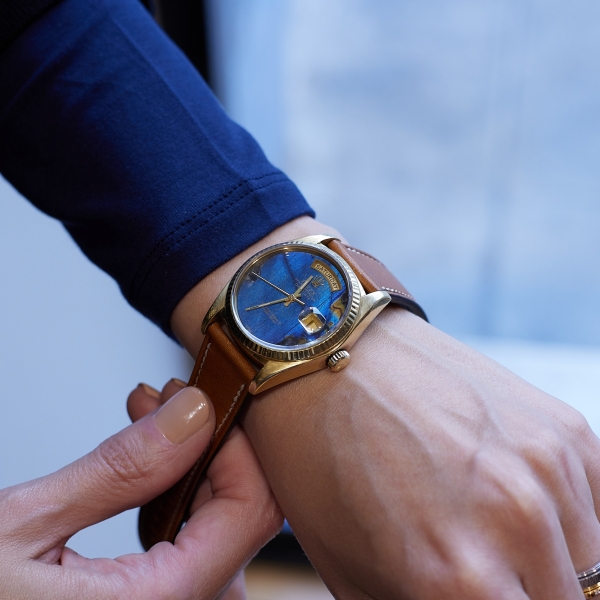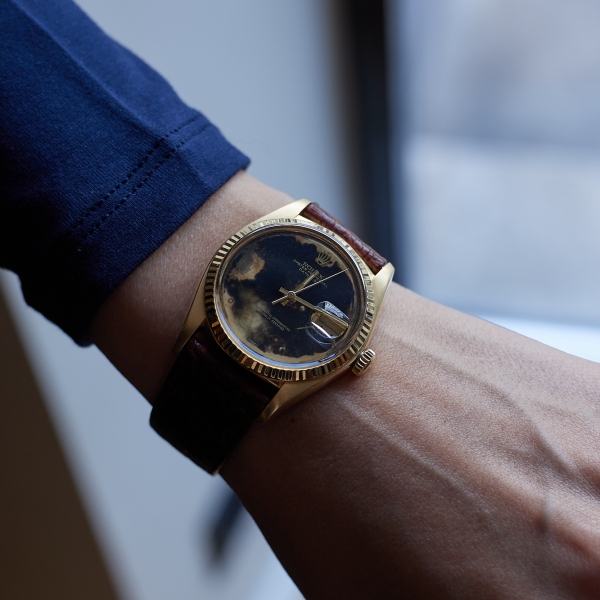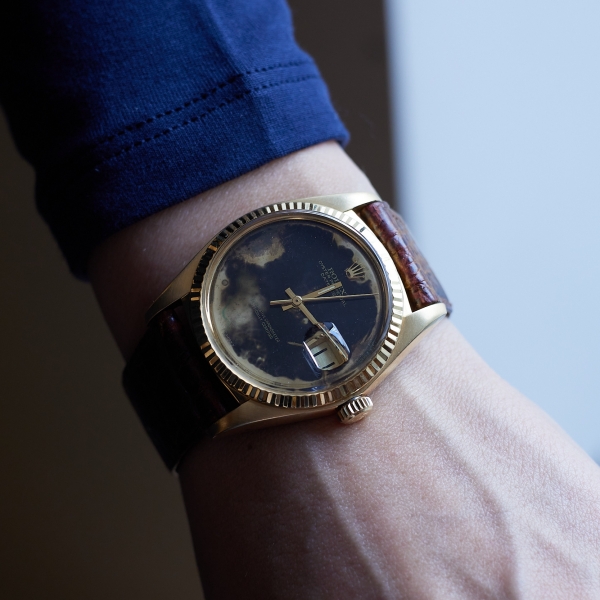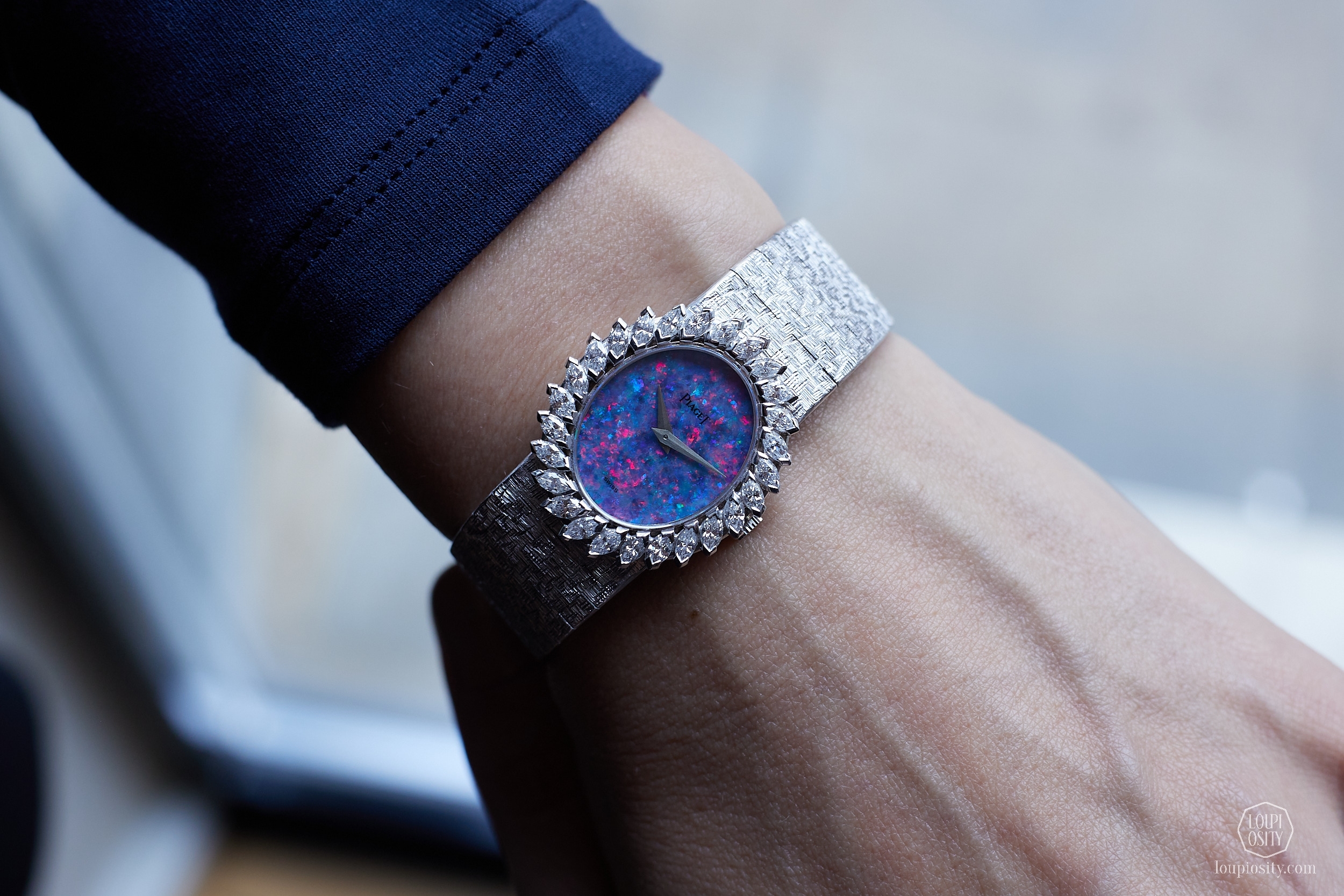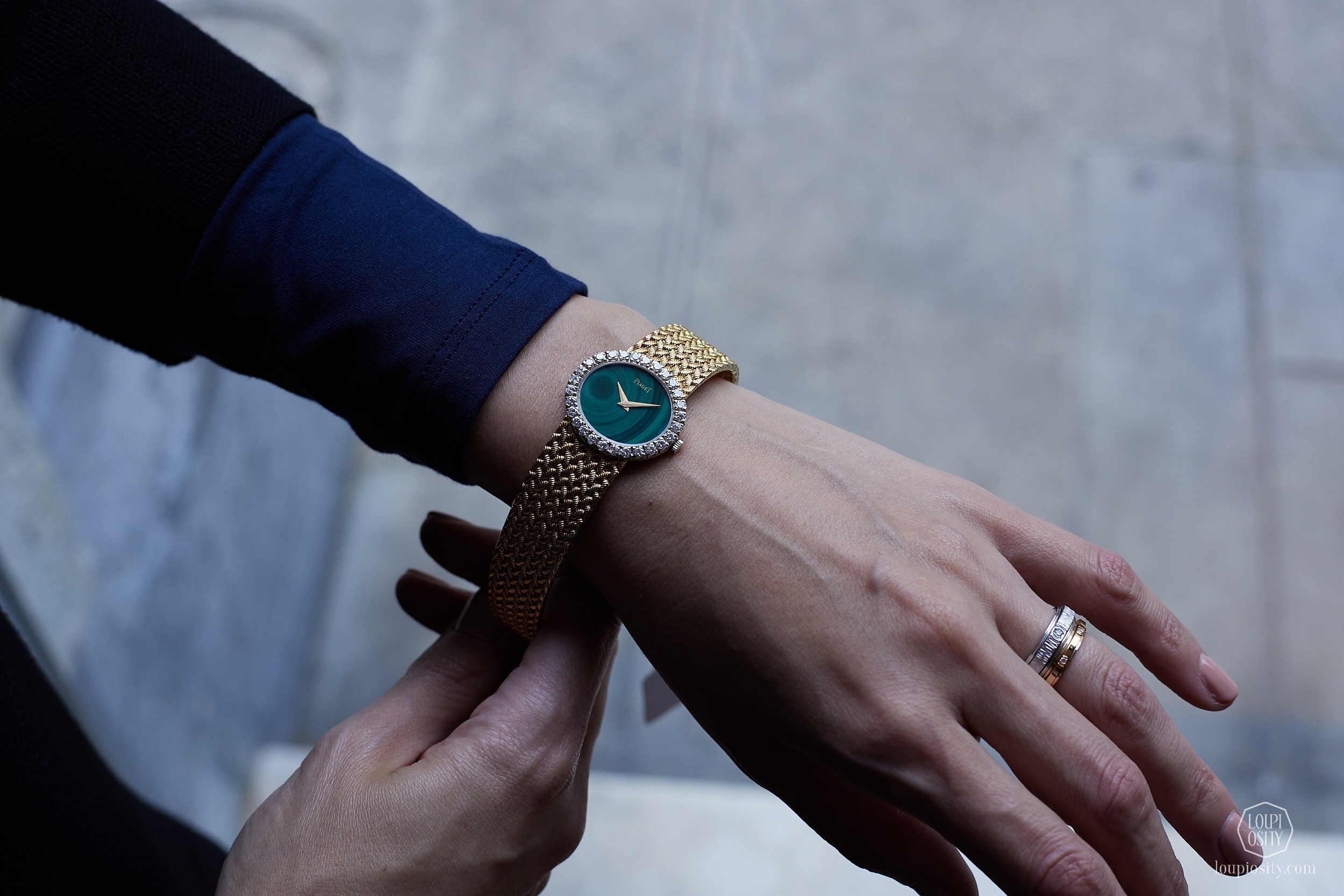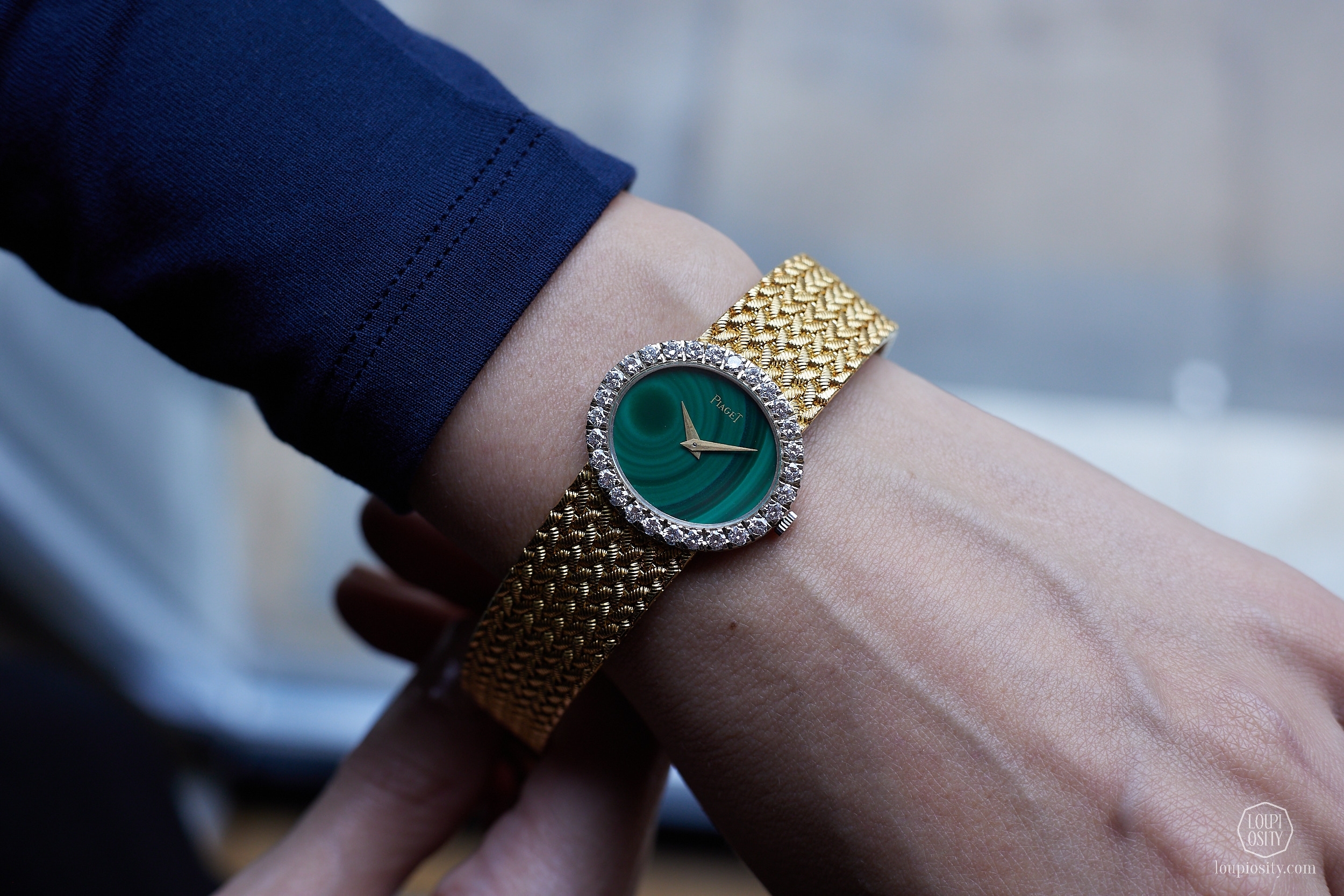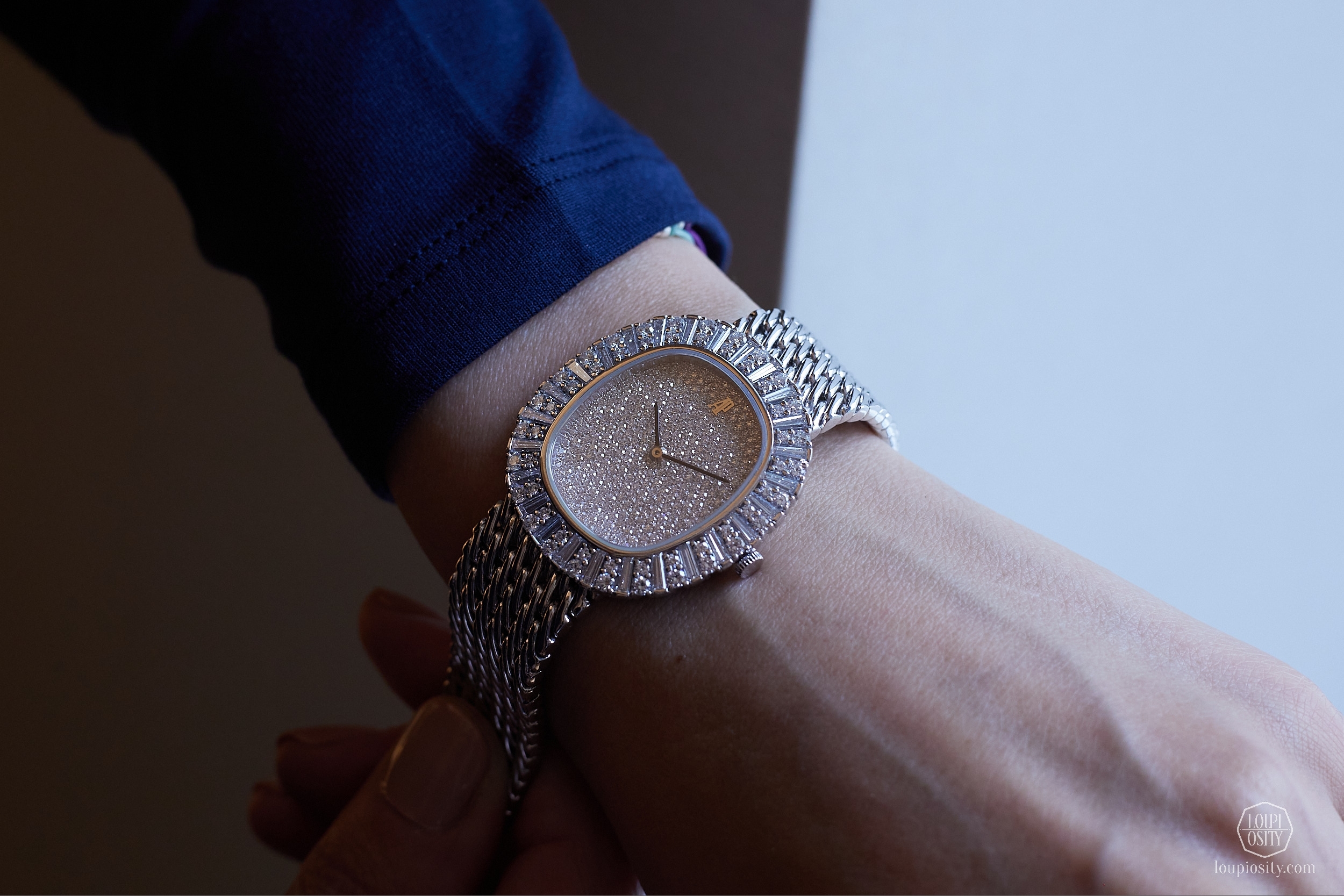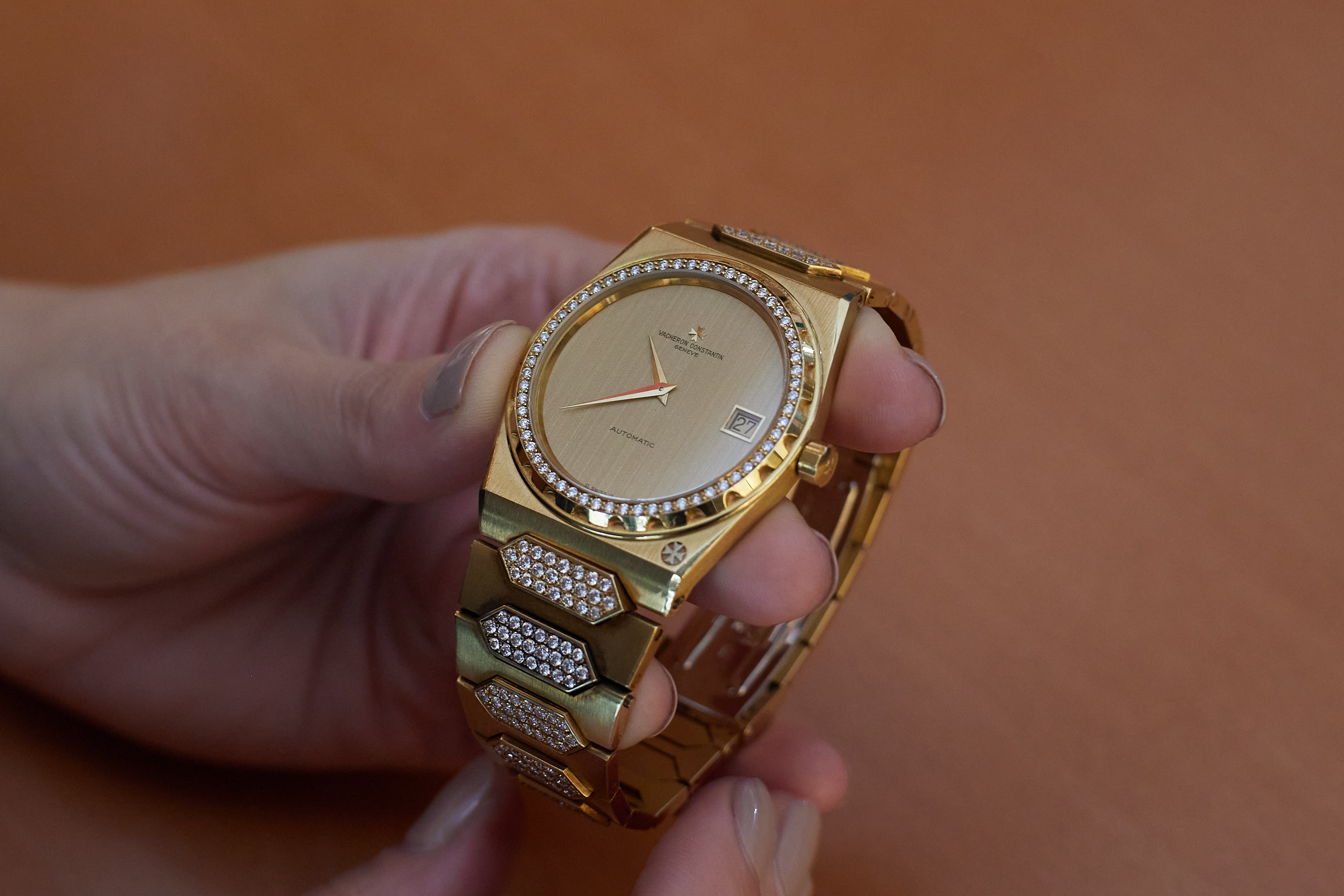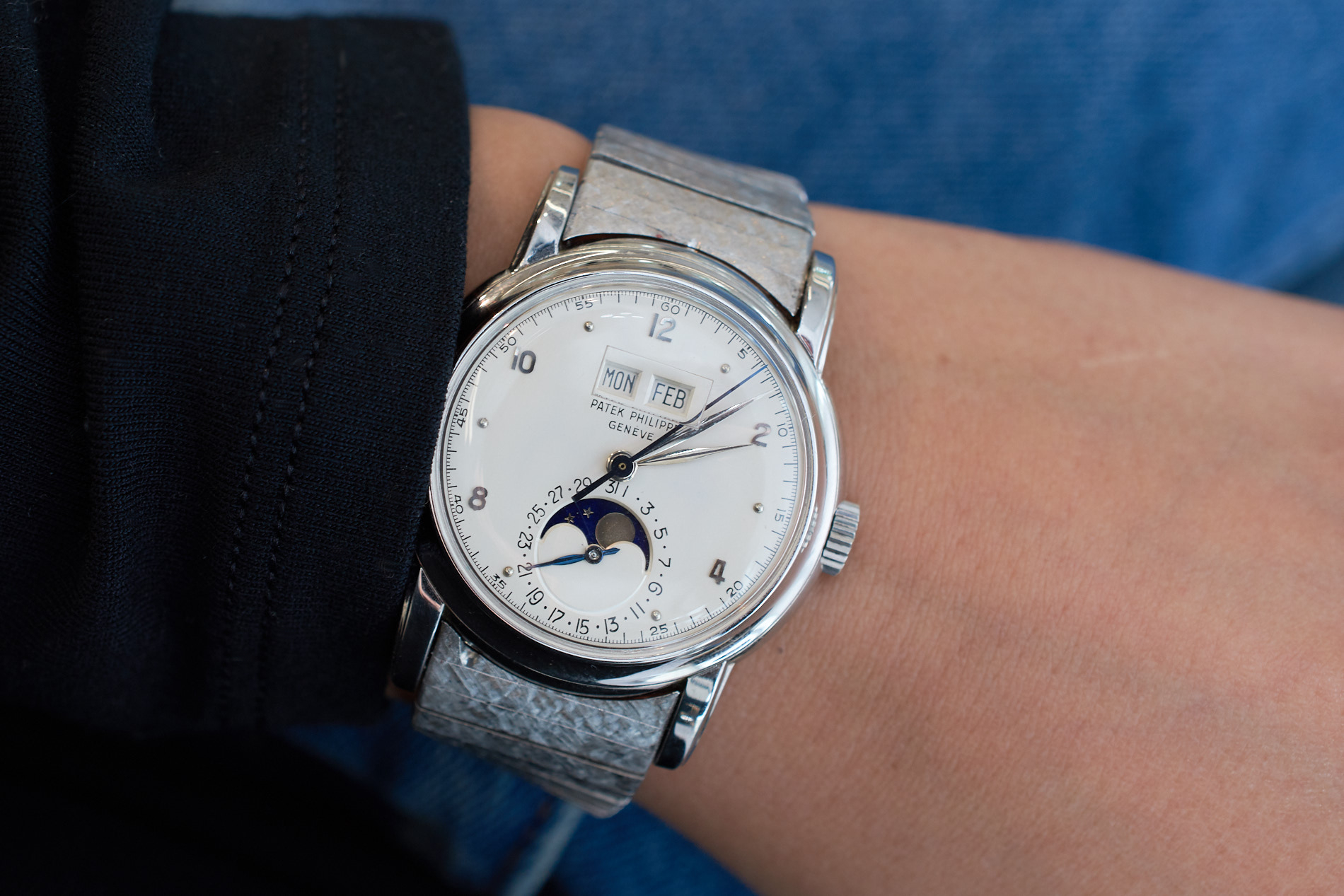Antiquorum, the renown auctioneer of modern and vintage timepieces from Geneva is celebrating its 50th anniversary this year. The 11-12 May sale in Geneva will open the row of the eight auctions planned for this year world-wide. Let us share a few gems from the upcoming event.
UPDATE – 13 May: Antiquorum’s 50th-anniversary May 11 & 12 sale marked a historic performance with CHF 14,271,687, inclusive of the buyer’s premium.
Lot 132: Patek Philippe Ref. 439, sold: CHF 52,500
Lot 590: Patek Philippe Ref. 2523, sold: CHF 1,910,000
Lot 591: Patek Philippe Ref. 605 HU DE, sold: CHF 3,050,000
Lot 477: Rolex Ref. 3548, sold: CHF 9,375
Lot 87: Rolex Ref. 3877, sold: CHF 52,500
Lot 191: Rolex Ref. 1601 sold: CHF 33,750
Lot 193: Rolex Ref. 18038/ 18000, sold: CHF 25,000
Lot 430: Piaget Opal dial, sold: CHF 19,375
Lot 431: Piaget Malachite dial, sold: CHF 9,375
It was in 1974 when Antiquorum started connecting watch aficionados with some of the rarest and most prominent timepieces ever produced. Specialising in modern and vintage timepieces, the organisation has gradually grown geographically and today it maintains 10 offices outside Geneva.
During the Spring and Autumn season in 2024, auctions will held in 4 major locations, starting on 11-12 May in the Hôtel Beau-Rivage Geneva. The three sessions will cover 591 Lots as follows: session 1 at 2:00 p.m. May 11th, 2024 (Saturday) Lot 1 – 220, session 2 with Lot 221 – 388 at 10:00 a.m. and session 3 with Lot 389 – 591 at 2:00 p.m. May 12th, 2024 (Sunday).
We picked a few obvious and subjective choices. You can find the full auction catalogue here.
Lot 132 – Patek Philippe Ref. 439.
Let me start with the piece that stroke me emotionally the best, a Patek Philippe Ref. 439 with silver two-toned dial retailed by Hausmann. According to Patek Philippe’s Extract from the Archives service the art deco inspired piece was manufactured in 1927 and sold in September 1936. The present example is in platinum and has been preserved in a very nice condition. The dial, case and movement (Caliber 9”’) are signed. Celebrating its centenary soon, the timepiece looks very stylish and the 25 x 32 mm square shape is refreshing to wear.
Lot 590 – Patek Philippe Ref. 2523 and Lot 591 – Patek Philippe Ref. 605 HU DE
The highlights of the May sale will be a pair of Patek Philippe World Time timepieces, built with the ingenious traveller complication that Louis Cottier had developed and patented in 1930 and then miniaturised for Patek Philippe around 1935 (the original drawings auctioned by Antiquorum 19 October, 2002). Ref. 1415, a single crown model with engraved city names on the bezel set manually was the first to employ the mechanism and display combination. In 1953, the manufacture introduced the Ref. 2523 with Caliber 12-400, which was the second wrist-watch to be equipped with the complication. The reference was in production until the late 1960s in the original reference and another version called 2523/1, the lugs of which were a bit thinner and no longer sitting above the bezel. As per Antiquorum’s research, 26 pieces were ever made.
The Extract from the Archives tells that the present example was manufactured among the first ones in 1953 and subsequently sold in December 1954. The current owner has purchased it 35 years ago and kept it unworn, which explains its good condition. The 18k gold case complemented by a gold guilloche dial (other examples we’ve seen so far had white or blue enamel dials).
The map of the world made of a beautiful cloisonné enamel dial adorns the Lot 591, Patek Philippe Ref. 605 HU DE piece. The Caliber 17’”170 HU movement wearing the number of 930’364 was made in 1943, among the 82 pieces ever produced. The case is pink gold and the combination of blue and orange enamel on the dial has been unseen so far. According to Patek Philippe, less than 20 pieces were made with the cloisonné technique. Cottier were deeply involved in the production of these timepieces, not only overseeing the work, but also creating the hands by himself in multiple designs.
Lot 477 Ref. 3548 and Lot 87 Ref. 3877 – Rolex Empire models
The following two ‘Bubble Back’ Rolex timepieces are from the early 1940s and represent an important milestone in the company’s history. Their nickname refers to the thicker and rounded case back, which born out of a need more than due to design considerations. In the mid-30’s Rolex started fitting automatic movements in its timepieces, which required more space to let the rotor swing. Wristwatches of the time were considerably smaller in diameter and instead of proportionally enlarging the case in all directions, they kept the small diameter and altered the vertical dimension. Many ‘Bubble Back’ references were created between the mid-30s and the mid-50s, including this two examples.
The earlier example is a charming Ref. 3548 stainless steel timepiece with a beautifully preserved salmon dial from around 1940. The 32 mm diameter case houses the self-winding Caliber 9 3/4’” with 17 jewels.
The another is from 1943 with a fantastic combination of a 18k pink gold case with ‘coin edge’ band and a pink dial. The pattern continues on the lugs too. The same movement is situated inside. The timepiece has survived the past 80 years in a remarkable condition. It was auctioned by Christies almost exactly 12 years ago.
Lot 191 – Rolex Ref. 1601 Datejust Obsidian dial, Lot 193 – Ref. 18038/18000 Day-Date Labradorite dial
While at Rolex, let’s not pass by these hard stone dial pieces offered for sale.
Actually, Lot 191 Ref. 1601 from ca. 1977 is adorned with an obsidian glass. Obsidian is a naturally occurring volcanic glass that forms when the extruded lava cools fast with minimal crystal growth. In the few Day-Date, Datejust and Cellini timepieces Rolex had used it, the obsidian slab was laid on top of the dial plate. Because it’s glass, it varies between transparent and translucent. The dark brown and black colours are from iron-oxide inclusions while the lighter yellow areas are in fact the dial base. Due to the irregularities of the inclusions, all dials are unique. The visual experience is completed by the 18k yellow gold 36mm case with the fluted bezels framing the obsidian dial. Inside is the 2.75 Hz Calibre 1570, the third generation of the 15xx calibres first introduced in 1965.
The same case configuration characterises the interesting Day-Date Ref. 18038/18000 which is fitted with a labradorite dial. According to the consignor who said to had worked at Rolex in Geneva, the dial was manufactured as a test, which has never gone into production. Labradorite is a calcium-enriched feldspar mineral with 6–6.5 hardness on the Mohs scale, which can display iridescent effect. The movement is the 4Hz Caliber 3055 with 27 jewels, which introduced the quickset feature allowing the wearer to set the date without adjusting the time by pulling out the crown once. The second position let adjusting the time and the day of the week display.
Providing a unique backdrop and by having no markers at all, these dials emphasise the core novelties the Datejust and Day-Date introduced to the world. In 1945, the Ref. 4467 the predecessor of the later Datejust was the first automatic timepiece to present a date that changed over at midnight. Starting in 1956 as Ref. 6510 and 6511, the later Day-Date was the first timepiece to display the date and the day of the week in full.
Lots 430 and 431 – Piaget lady’s wristwatches
I guess I have a thing for Piaget watches with dials in coloured hard stones, both vintage and new – discover with us a few amazing pieces from the Piaget Private Collection, great Manchette models or the Piaget High Jewellery Cuff Watches from last year’s Watches and Wonders.
The beautiful, carefully selected stone dial paired with the outstanding goldsmith expertise of the Maison make these creations irresistible. (We had the chance to see a Piaget artisan to create amazing Palace décor engraving in real life at Homo Faber – see more here.)
At the Antiquorum showroom I tried on the Lot 430, which is a 18k white gold, manual wind lady’s diamond wristwatch from the 1980’s with mesmerising opal dial, surrounded by diamonds set like a diamond wreath.
The Lot 431 is a combination of white and yellow gold, a manual wind watch also from the eighties. It has a malachite dial with ripple circle veining on the stone and set around with 28 diamonds.
Lots 575 – Audemars Piguet diamond wristwatch
Antiquorum offers more than 20 Audemars Piguet timepieces at this auction, including pocket watches, a desk clock and Royal Oak models from different era.
The selection includes a delicate white gold wristwatch (Ref. 14698 BC) from 1990 with a diamond-set dial and a bezel set with alternating baguette and brilliant cut diamonds. The full white-metal jewellery look is completed with a white gold Audemars Piguet bracelet.
Photo credits: Loupiosity.com
All registered trademarks are property of their respective owners.
All rights reserved.

